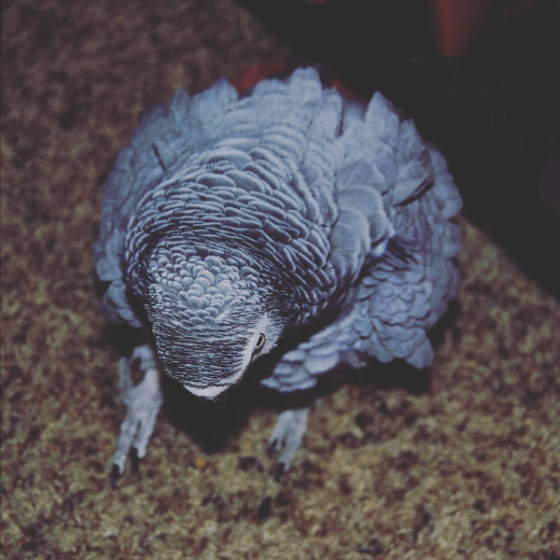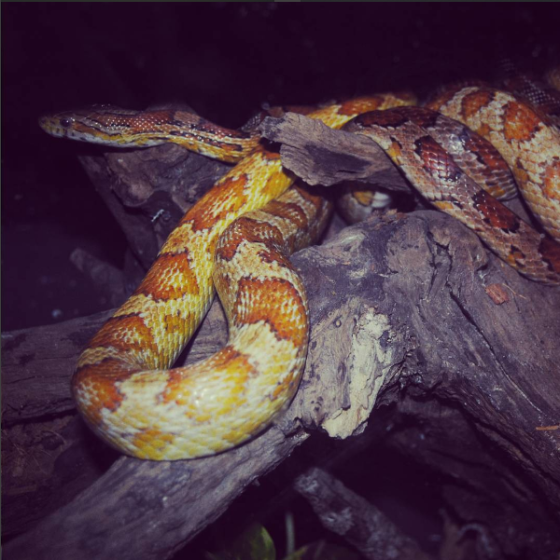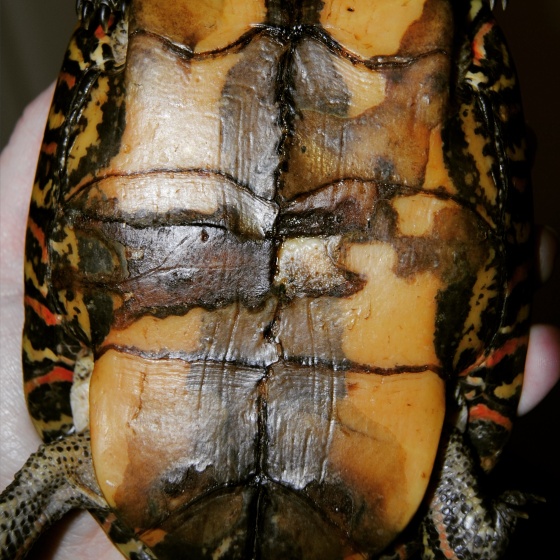Welcome to part 3 of how to make your bird love you. If you’ve already read through part 1 and part 2 but realize neither type adequately describes your parrot problem, then you’re probably hoping for this article to be a miracle cure. I know what it’s like to have a parrot suddenly lose interest in me and prefer someone else in the household instead. Sometimes this can be tolerable as the bird will still come to me and, while I may not be their favorite person, I can at least still interact with them. I’ve had other parrots who turned downright nasty toward me and try to bite my fingers off if I even got close to them. I’m sorry to say that this article will not be a miracle cure. Sometimes, a bird just has a favorite person and there’s nothing you can do about it. They’re entitled to have their preferences, just like people. But, just like people, they can sometimes be swayed back toward favoring you, or at the very least: tolerating you.
Type C:
- Eliminate the easiest solutions first. If you’re bird used to love you but suddenly, without warning, decided that she hated your guts instead, she may have been frightened by something that changed in her environment. Do you have any new jewelry? New nail polish? Did you wear a type of clothing outside of your “normal” (like a jacket, scarf, or dress that she’s never seen you in)? Maybe you’re wearing a new color altogether. Or a new pattern. Birds are very visual. My green cheek is infatuated with the color red and will fly to anyone who wears her favorite color. Your bird might simply be afraid of a certain color. Remove anything that’s changed recently (put the furniture back the way it was, take out her extra toy, put on clothing you’ve worn when you held her before, etc) and try to interact with her again. With any luck, things will feel totally normal again and she’ll be your lovable little monster all over again. 😉
- If nothing has changed recently or removing the change doesn’t work, then you’ve got some work cut out for you. You’ll want to reestablish trust with your bird before her terror/hatred of you become habituated. Get the family member that she suddenly prefers over you (or any family member that can hold her), to take her out of her cage and hold her out for you to take. Approach it just like you normally would. Try not to be afraid of her because she will sense that. If it works, reward her immediately. Cuddle with her, play with her, give her lots of treats and love for as long as she’ll have it. You want good memories to replace whatever caused the bad one. When you finally put her back into her cage, make sure you’re both in a good place mentally. You should never put her back into her cage after something bad.
- If she won’t come to you at all and continues wanting nothing to do with you after a few days, you need to start building up trust with her again like you would a brand new bird. Ask the family member that she prefers (if there is one) to ignore her during this process (or at least to give her less attention and to not give her any treats – you need her to associate you with those treats). Every time you walk by her cage, give her a treat. Try to encourage her to take it from your hand. Since she has a history with you, she will probably take treats this way but if she doesn’t, put them in her food bowl and work your way up to handing her a treat. If she will take the treat from hand, then continue this habit for a few days. After she’s learned the routine, encourage her to step up onto your finger for the treat. Again, because you have a history together, she’ll obviously know what stepping up is. If you’re afraid of being bitten, use gloves. Once she steps up, give her the treat. Go slow with this part of the process. You need her to learn to trust you again. Imagine it like a bank account: you’ll have to provide plenty of deposits to make up for any withdrawals. Every time she gets spooked or uncomfortable, she makes a withdrawals. Every tiny, good interaction that you have with her diminishes the chance of a withdrawal. Small deposits are better than nothing!
- If you have other birds, animals, or kids try to keep them out of the room while you work with her. You don’t want any distractions, anything to make her nervous, or anything to detract from you. Once she’s stepping up reliably, try to introduce your old routine slowly. If you used to let her sit on you shoulder while you read or watched TV, then do that for about five minutes. Give her treats before and after the actions. Make sure it’s a positive experience. If she starts to get negative in any way (frightened or aggressive), then calmly set her down (or go to her if she’s flown away) and offer your finger. Do not reward her with a treat until she’s stepped up for you. Do not try to console her. Do not give her a treat as any kind of “reassurance” because this will further cement her fear/aggression to you. She needs to step up before she gets the treat, that she knows that stepping is what gets her the treat, not flying away or biting.
- If you have a bad time, get her to point where she’ll step up again (since you have history this shouldn’t be a big deal at this stage but just in case it is, you might want to consider following the Type A plan). When she steps up, reward her and then return her to her cage. Try again tomorrow. It’s important to remember that you must remain calm. Move slowly. You’re trying to rebuild trust. Say your intentions aloud so she knows what to expect (for example: “step up” or any other commands she may know). Continue this routine, increasing the time that you have her out slowly. It might take a week, a month, or years to get her back to normal. She may never go back to the “normal” that you remember. She may never prefer you over your family member. But at least you’ll be able to hold her again. And with every deposit, she’ll grow to love you more and more. Eventually, her preference for her special person may change back to you. You have to give it time and patience. And treats. Lot of treats. 😉



